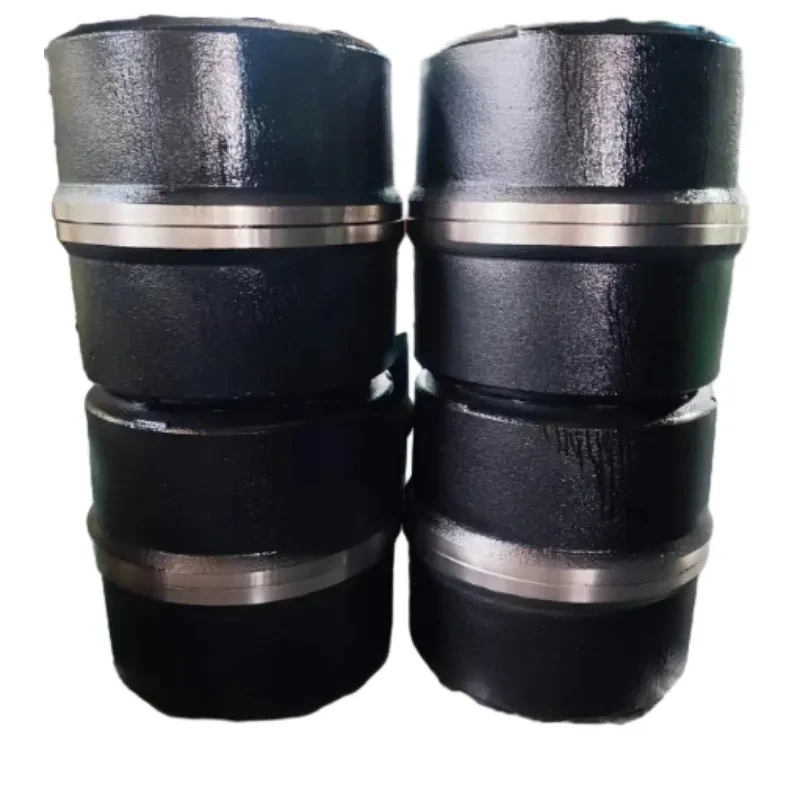
-
 Afrikaans
Afrikaans -
 Albanian
Albanian -
 Amharic
Amharic -
 Arabic
Arabic -
 Armenian
Armenian -
 Azerbaijani
Azerbaijani -
 Basque
Basque -
 Belarusian
Belarusian -
 Bengali
Bengali -
 Bosnian
Bosnian -
 Bulgarian
Bulgarian -
 Catalan
Catalan -
 Cebuano
Cebuano -
 Corsican
Corsican -
 Croatian
Croatian -
 Czech
Czech -
 Danish
Danish -
 Dutch
Dutch -
 English
English -
 Esperanto
Esperanto -
 Estonian
Estonian -
 Finnish
Finnish -
 French
French -
 Frisian
Frisian -
 Galician
Galician -
 Georgian
Georgian -
 German
German -
 Greek
Greek -
 Gujarati
Gujarati -
 Haitian Creole
Haitian Creole -
 hausa
hausa -
 hawaiian
hawaiian -
 Hebrew
Hebrew -
 Hindi
Hindi -
 Miao
Miao -
 Hungarian
Hungarian -
 Icelandic
Icelandic -
 igbo
igbo -
 Indonesian
Indonesian -
 irish
irish -
 Italian
Italian -
 Japanese
Japanese -
 Javanese
Javanese -
 Kannada
Kannada -
 kazakh
kazakh -
 Khmer
Khmer -
 Rwandese
Rwandese -
 Korean
Korean -
 Kurdish
Kurdish -
 Kyrgyz
Kyrgyz -
 Lao
Lao -
 Latin
Latin -
 Latvian
Latvian -
 Lithuanian
Lithuanian -
 Luxembourgish
Luxembourgish -
 Macedonian
Macedonian -
 Malgashi
Malgashi -
 Malay
Malay -
 Malayalam
Malayalam -
 Maltese
Maltese -
 Maori
Maori -
 Marathi
Marathi -
 Mongolian
Mongolian -
 Myanmar
Myanmar -
 Nepali
Nepali -
 Norwegian
Norwegian -
 Norwegian
Norwegian -
 Occitan
Occitan -
 Pashto
Pashto -
 Persian
Persian -
 Polish
Polish -
 Portuguese
Portuguese -
 Punjabi
Punjabi -
 Romanian
Romanian -
 Russian
Russian -
 Samoan
Samoan -
 Scottish Gaelic
Scottish Gaelic -
 Serbian
Serbian -
 Sesotho
Sesotho -
 Shona
Shona -
 Sindhi
Sindhi -
 Sinhala
Sinhala -
 Slovak
Slovak -
 Slovenian
Slovenian -
 Somali
Somali -
 Spanish
Spanish -
 Sundanese
Sundanese -
 Swahili
Swahili -
 Swedish
Swedish -
 Tagalog
Tagalog -
 Tajik
Tajik -
 Tamil
Tamil -
 Tatar
Tatar -
 Telugu
Telugu -
 Thai
Thai -
 Turkish
Turkish -
 Turkmen
Turkmen -
 Ukrainian
Ukrainian -
 Urdu
Urdu -
 Uighur
Uighur -
 Uzbek
Uzbek -
 Vietnamese
Vietnamese -
 Welsh
Welsh -
 Bantu
Bantu -
 Yiddish
Yiddish -
 Yoruba
Yoruba -
 Zulu
Zulu
brake pads for drum brakes
Understanding Brake Pads for Drum Brakes
When it comes to vehicle safety, understanding the components that make up the braking system is vital. One of the least discussed yet crucial elements are the brake pads for drum brakes. Unlike disc brakes, which have become more prevalent in modern vehicles, drum brakes have a long history and are still used in many applications, especially in older cars and certain types of heavy vehicles.
What are Drum Brakes?
Drum brakes consist of a cylindrical drum that rotates with the wheel and brake shoes that press against the inside of this drum to create friction. This friction slows down the vehicle. The effectiveness of this setup relies heavily on the brake pads, often referred to as brake shoes in drum brake systems. The design of drum brakes allows for a more compact layout, which can be beneficial in certain vehicles where space is limited.
Importance of Brake Pads
Brake pads for drum brakes are essential to ensure effective braking performance. These pads are made from specially formulated materials designed to withstand high temperatures and pressures generated during braking. They have to provide sufficient friction against the drum while also being durable enough to resist wear and tear.
When you apply the brakes, hydraulic pressure forces the brake shoes, which contain the brake pads, outward against the drum's inner surface. This contact creates the necessary friction to slow down or stop the vehicle. Over time, however, these brake pads can wear out, leading to decreased performance and a potential safety hazard.
Signs of Worn Brake Pads
Drivers should be vigilant in monitoring the performance of their drum brake systems. Some common indicators that brake pads may need replacement include
brake pads for drum brakes

1. Squealing or Grinding Noises A high-pitched squeal often indicates that the brake pads are worn down and may need replacement. If you hear grinding, the pads may be completely worn, which can lead to damage to the drum itself. 2. Reduced Braking Performance If you notice that your vehicle takes longer to stop or feels less responsive, it may be time to check the brake pads.
3. Vibration When Braking If you feel vibrations through the brake pedal when applying the brakes, this could be an indication of uneven wear on the brake pads or potential issues with the drum.
4. Warning Light on Dashboard Many modern vehicles come equipped with warning lights that indicate when the brake pads are worn out.
Maintenance and Replacement
To ensure safety, it is advised that brake pads for drum brakes be regularly checked, especially if the vehicle is frequently used for towing or heavy-duty applications. Professional mechanics should inspect the brake system, including the brake pads and drums, during routine maintenance.
When it comes to replacement, choosing the right type of brake pads is critical. There are various materials available, including organic, semi-metallic, and ceramic options, each with its performance characteristics. A professional can help you select the most suitable pads based on your vehicle’s requirements and your driving habits.
Conclusion
Brake pads for drum brakes are a key component in ensuring safe and effective vehicle operation. Understanding their function, recognizing the signs of wear, and conducting regular maintenance can significantly enhance safety on the road. Regular check-ups and timely replacements can prevent costly repairs and ensure that your vehicle remains safe for both the driver and passengers. Remember, when it comes to brake systems, proactive maintenance is always better than reactive fixes. Stay safe and take care of your braking system!
-
What Are Drum BrakesNewsJul.07,2025
-
Understanding Brake Drum MaterialNewsJul.07,2025
-
Semi-Trailer Brake Drum: A Key Component for Extreme Loads and Long-Distance TransportNewsJul.07,2025
-
Drum Brake Pads for SaleNewsJul.07,2025
-
Brake Drums for SaleNewsJul.07,2025
-
Brake Drum ManufacturerNewsJul.07,2025
-
Aluminum Brake Drums: The Future of High-Performance CarsNewsJul.07,2025
